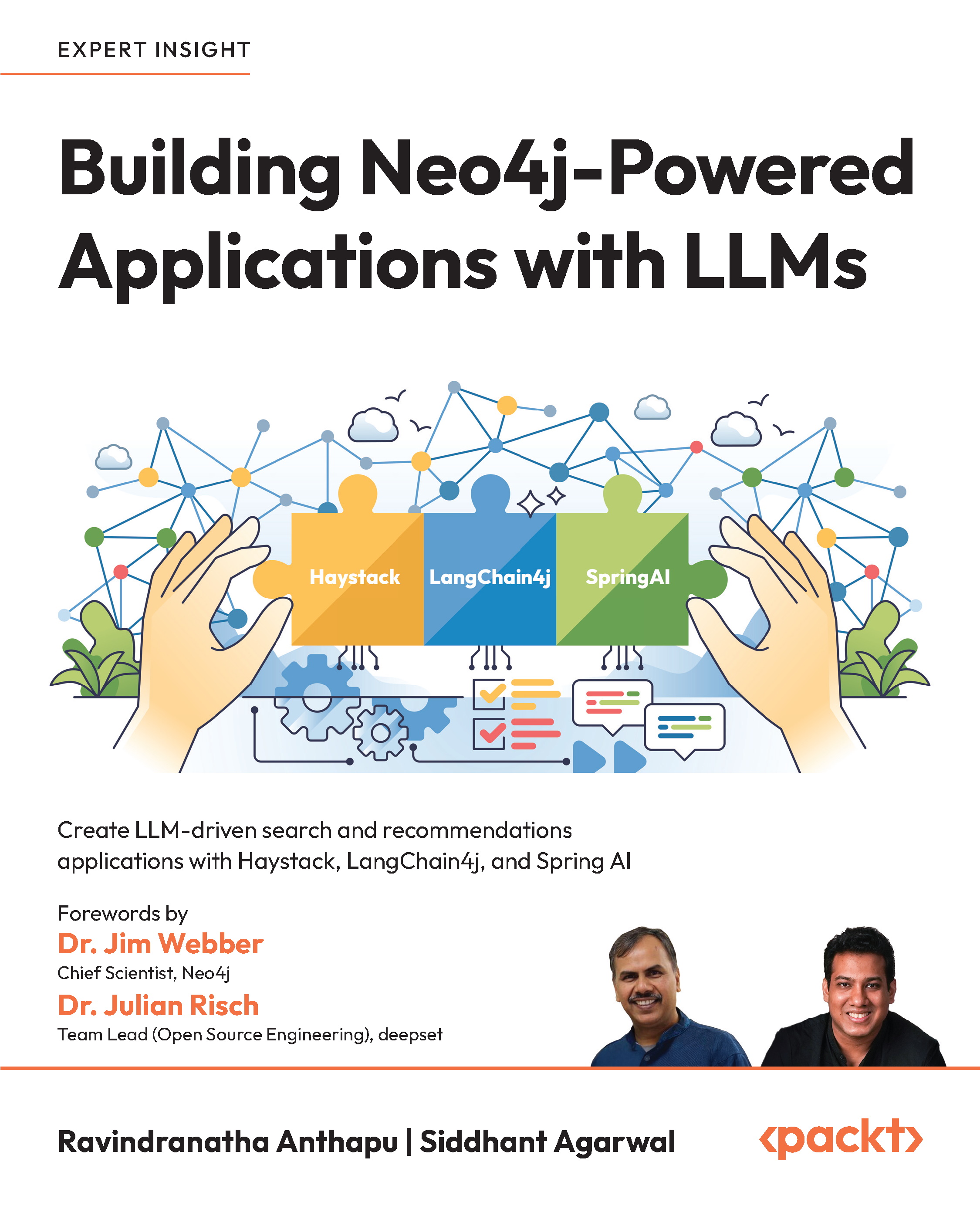Yesterday, the SciPy community released SciPy 1.2.0. This release contains many new features such as numerous bug-fixes, improved test coverage, and better documentation. This release also includes a number of deprecations and API changes. This release requires Python 2.7 or 3.4+ and NumPy 1.8.2 or greater. The functions hyp2f0, hyp1f2 and hyp3f0 in scipy.special have
been deprecated.
According to the community, “this will be the last SciPy release to support Python 2.7. Consequently, the 1.2.x series will be long term support (LTS) release; we will backport bug fixes until 1 Jan 2020”.
Highlights of SciPy 1.2.0
- This release has improvements in 1-D root finding with a new solver, toms748, and a new unified interface, root_scalar.
- SciPy 1.2.0 has new dual_annealing optimization method that combines stochastic and local deterministic searching.
- This release features a new optimization algorithm named ‘shgo (simplicial homology
global optimization)’ for derivative-free optimization problems.
- A new category of quaternion-based transformations are available in scipy.spatial.transform
New improvements in SciPy 1.2.0
scipy.ndimage improvements
Proper spline coefficient calculations have been added for the mirror, wrap, and reflect modes of scipy.ndimage.rotate
scipy.fftpack improvements
Scipy.fftpack now supports DCT-IV, DST-IV, DCT-I, and DST-I orthonormalization.
Unlock access to the largest independent learning library in Tech for FREE!
Get unlimited access to 7500+ expert-authored eBooks and video courses covering every tech area you can think of.
Renews at €14.99/month. Cancel anytime
scipy.interpolate improvements
scipy.interpolate.pade now accepts a new argument for the order of the numerator.
scipy.cluster improvements
scipy.cluster.vq.kmeans2 has now gained a new initialization method known as kmeans++.
scipy.special improvements
The function softmax has been added to scipy.special.
scipy.optimize improvements
The one-dimensional nonlinear solvers have been given a unified interface scipy.optimize.root_scalar, similar to the scipy.optimize.root interface for multi-dimensional solvers. scipy.optimize.newton can now accept a scalar or an array.
scipy.signal improvements
Digital filter design functions now include a parameter to specify the sampling rate. Previously, digital filters could only be specified using normalized frequency, but different functions used different scales (e.g. 0 to 1 for butter vs 0 to π for freqz), leading to errors and confusion.
scipy.sparse improvements
The scipy.sparse.bsr_matrix.tocsr method is now implemented directly instead of converting via COO format, and the scipy.sparse.bsr_matrix.tocsc method is now also routed via CSR conversion instead of COO. The efficiency of both conversions is now improved.
scipy.spatial improvements
The function scipy.spatial.distance.jaccard has been modified to return 0 instead of np.nan when two all-zero vectors are compared. Support for the Jensen Shannon distance, the square-root of the divergence, has been added under scipy.spatial.distance.jensenshannon.
A new category of quaternion-based transformations are available in scipy.spatial.transform, including spherical linear interpolation of rotations (Slerp), conversions to and from quaternions, Euler angles, and general rotation and inversion capabilities (spatial.transform.Rotation), and uniform random sampling of 3D rotations (spatial.transform.Rotation.random).
scipy.stats improvements
Levy Stable Parameter Estimation, PDF, and CDF calculations are now supported
for scipy.stats.levy_stable. stats and mstats now have access to a new regression method,
siegelslopes, a robust linear regression algorithm. The Brunner-Munzel test is now available as brunnermunzel in stats and mstats.
scipy.linalg improvements
scipy.linalg.lapack now exposes the LAPACK routines using the Rectangular Full Packed storage (RFP) for upper triangular, lower triangular, symmetric, or Hermitian matrices; the upper trapezoidal fat matrix RZ decomposition routines are now available as well.
To know more about the SciPy 1.2.0 and the its backward incompatible changes, read the release notes on GitHub.
Implementing matrix operations using SciPy and NumPy
How to Compute Interpolation in SciPy
How to compute Discrete Fourier Transform (DFT) using SciPy
 United States
United States
 Great Britain
Great Britain
 India
India
 Germany
Germany
 France
France
 Canada
Canada
 Russia
Russia
 Spain
Spain
 Brazil
Brazil
 Australia
Australia
 South Africa
South Africa
 Thailand
Thailand
 Ukraine
Ukraine
 Switzerland
Switzerland
 Slovakia
Slovakia
 Luxembourg
Luxembourg
 Hungary
Hungary
 Romania
Romania
 Denmark
Denmark
 Ireland
Ireland
 Estonia
Estonia
 Belgium
Belgium
 Italy
Italy
 Finland
Finland
 Cyprus
Cyprus
 Lithuania
Lithuania
 Latvia
Latvia
 Malta
Malta
 Netherlands
Netherlands
 Portugal
Portugal
 Slovenia
Slovenia
 Sweden
Sweden
 Argentina
Argentina
 Colombia
Colombia
 Ecuador
Ecuador
 Indonesia
Indonesia
 Mexico
Mexico
 New Zealand
New Zealand
 Norway
Norway
 South Korea
South Korea
 Taiwan
Taiwan
 Turkey
Turkey
 Czechia
Czechia
 Austria
Austria
 Greece
Greece
 Isle of Man
Isle of Man
 Bulgaria
Bulgaria
 Japan
Japan
 Philippines
Philippines
 Poland
Poland
 Singapore
Singapore
 Egypt
Egypt
 Chile
Chile
 Malaysia
Malaysia













